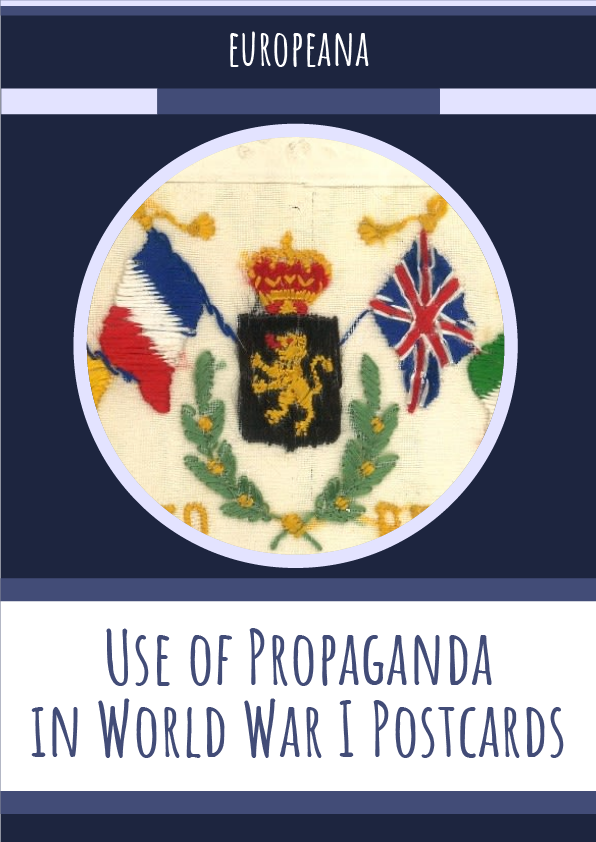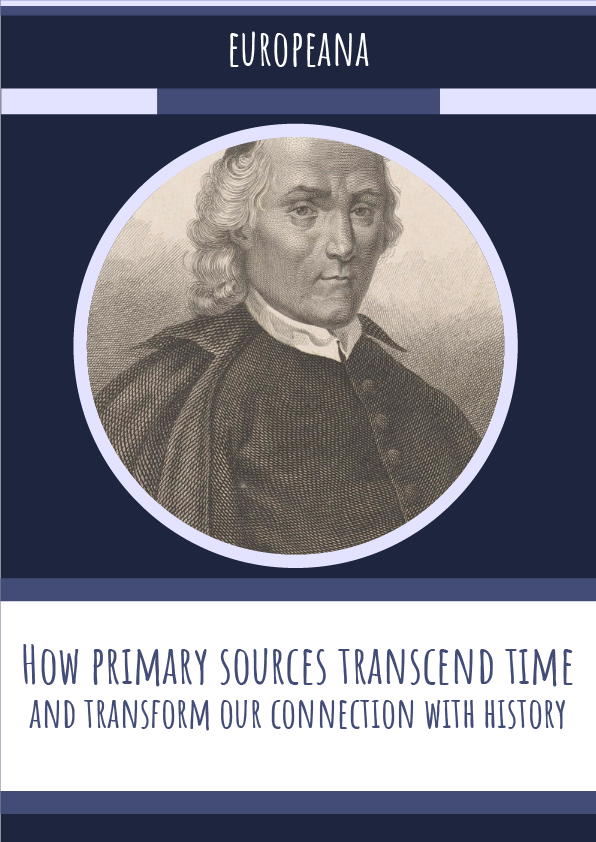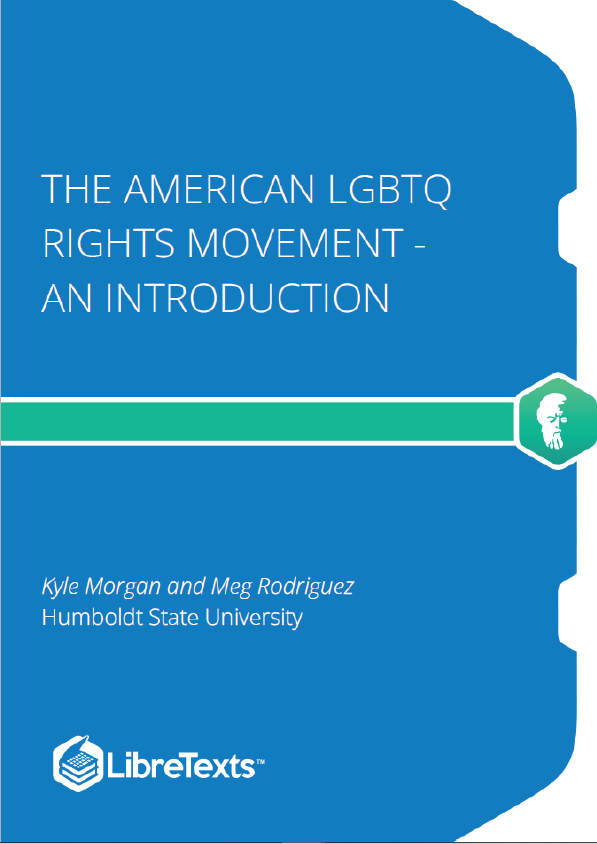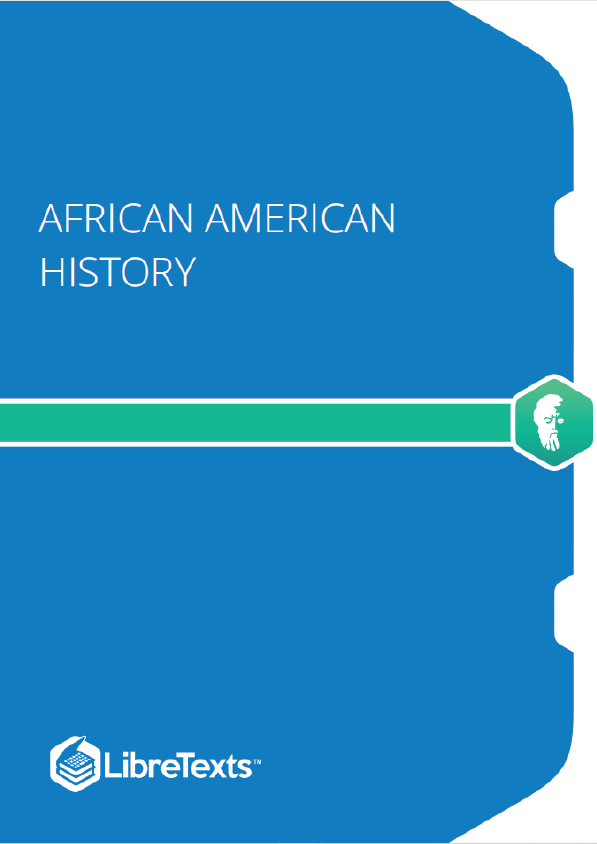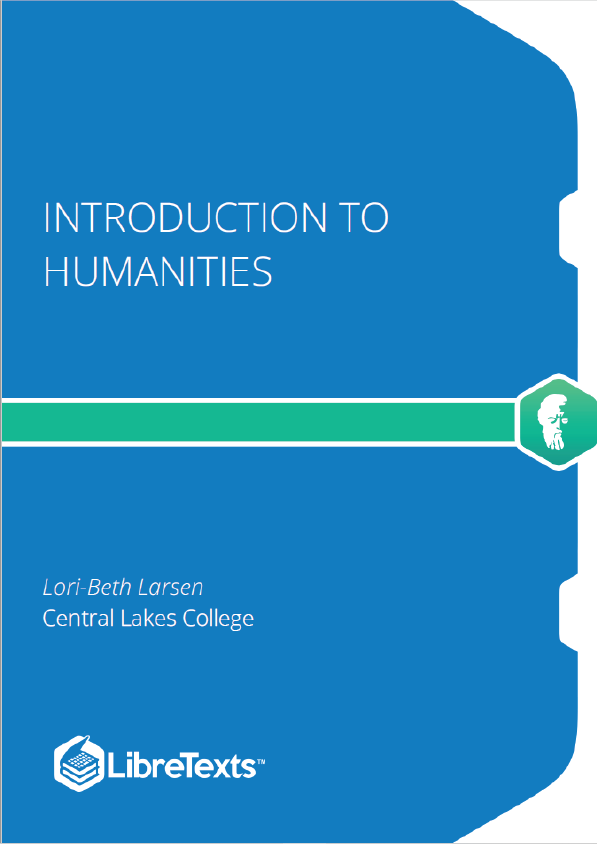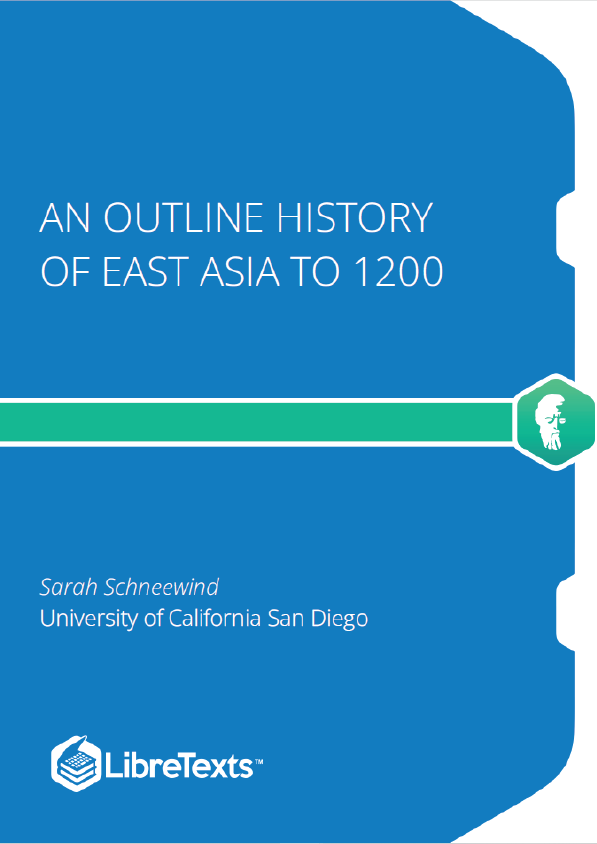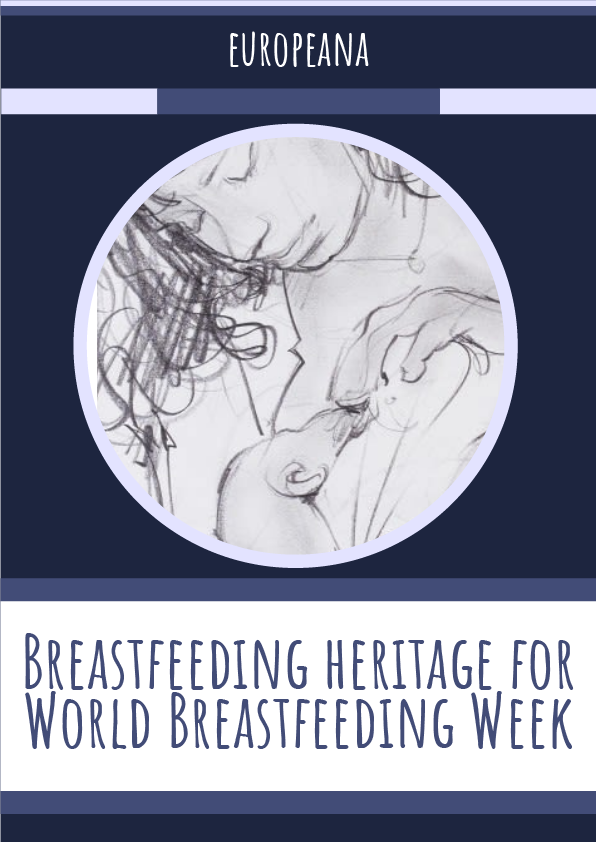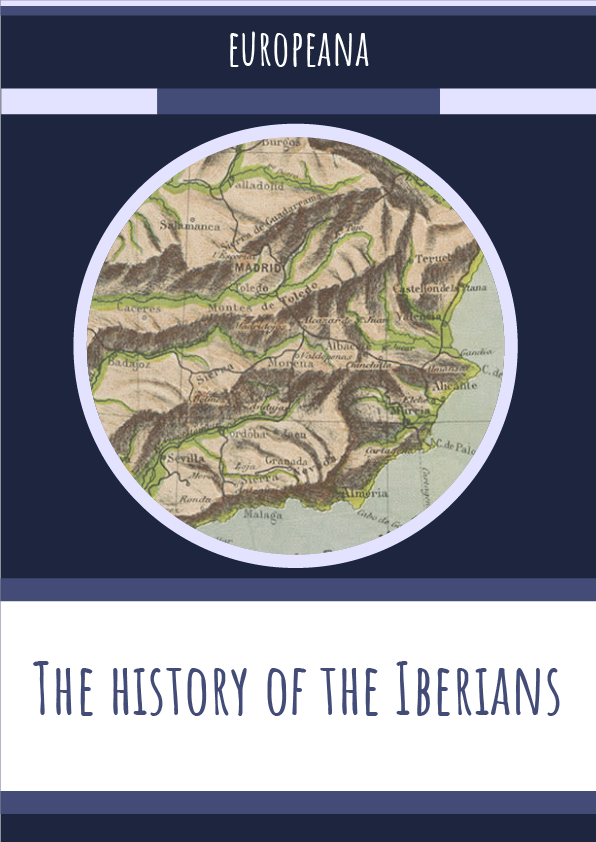Millions of postcards influenced public opinion during the First World War
Millions of postcards circulated during the First World War and influenced public opinion. It is not surprising that something as ordinary as a postcard was used by governments on all sides to either defend their own actions, to discredit the enemy and to rouse the masses to support their nation. Within just three days of the declaration of war on 1 August 1914, publishers had war-themed postcards on sale. Their powerful images had an unprecedented impact on the masses: The postcard became a weapon of propaganda.
During WWI, propaganda became, for the first time, the responsibility of government agencies like the Ministry of Information in Great Britain. Postcards were cheap to produce, cheap to buy and cheap to send. This made it possible to produce and distribute propaganda on a large scale. Although propaganda was still in its infancy, governments systematically influenced public opinion both at home and abroad. World War I propaganda postcards can be divided into two categories:
1. Positive Propaganda The images portrayed the positive aspects of war. They supported the war effort, showed brave, dependable and modest soldiers on the front, and the peaceful and virtuous families back in the homeland. They evoked sympathy for the cause of the war and sought to make it appear less gruesome. Patriotism and nationalism were used to further political agendas.
2. Negative Propaganda The images were used to dehumanize the enemy and to stir up hatred against them. The opposing nations were made out to be a formidable opponent – but not to an extent that would induce fear. The enemy was portrayed as menacing and murderous as well as weak and incapable.
Of course, postcards were also used as a simple means of communication. But was it that simple? During WWI, letters and postcards were the only significant means of communication connecting the military front and the home front. Although both the soldiers and their families much preferred letters, many soldiers were unable to write home frequently. The postcard, being economic and compact, was very popular. It offered both the soldiers and their families some solace and reassurance of their love and well-being. Official field postcards were cheaply made, distributed for free and easy to fill out. But was it that simple? They were in fact unpopular as they were impersonal and uninformative. Moreover, they had no space for expressing worries or fears, and in this sense the soldiers’ communication from the front was censored. Embroidered postcards on the other hand were difficult and expensive to get, but due to the careful hand-embroidery, they were very popular among soldiers who sent them home as keepsakes. Finally, there were commercial picture postcards. These were inexpensive and offered illustrations which suited all tastes and occasions. They were in very high demand. Images of women were not at all uncommon on postcards. They were either depicted as strong symbols of the nation offering good luck, as vulnerable damsels in need of protection, or as saving angels.
